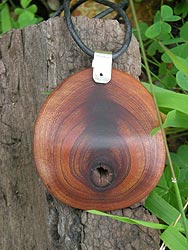Benefits
Mangroves protect coastal areas from erosion, storm surge, and tsunamis. Their massive root systems reduce the energy of waves. Mangroves slow the tidal movement of water, allowing sediment to be deposited as the tide comes in so they build their own environment.
Mangrove forests provide breeding and feeding grounds for fish, prawns, birds and some mammals. They form the base of an important food chain based on detritus and as shelter for young fish and invertebrates.About 75% of the fish and prawns caught for commercial and recreational purposes in Queensland spend at least part of their lifecycles in mangroves. They also provide a habitat for many species.
Mangroves improve water quality by filtering pollutants, stabilising and improving the soil and protecting shorelines from erosion. Their root systems slow water flow aiding the deposition of sediment. Toxins and nutrients can be bound to sediment particles or within clay particles and are removed during sediment deposition. In fact mangroves are commonly selected as receiving areas for effluents. Specallyy built mangrove wetlandsare now being used for treatment of aquaculture and sewage effluents rather than the more expensive altenrative of building wastewater treatment plants.
The fruit and the nectar of some mangroves (e.g. the Nypa palm) can be eaten. The best honey is considered to be that produced by bees feeding in mangroves, particularly the river mangrove. Many traditional medicines are made from mangroves, including those for treating skin disorders, headaches, rheumatism, snake bite, ulcers and many more. Some mangrove trees are prized for the quality of their wood for example the cedar mangrove.
In some coastal communities, boardwalks and bird-viewing areas in mangrove forests provide attractions for the eco-tourism industry.
Mangroves and saltmarshes are important habitats for several threatened species.
Mangroves and saltmarshes have significant traditional value to Indigenous Australians, as illustrated by the large number of mangrove-related words in traditional Indigenous languages. Mangroves are important cultural training grounds for teaching Indigenous Australian children about traditional fishing and collecting, and traditional ways to use these resources.
